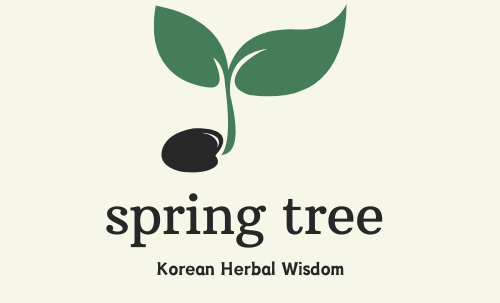Explore Hyanggaek’s healing properties for easing colds, supporting respiratory health, and boosting circulation naturally.
Gentle Relief with Hyanggaek: A Traditional Herb for Cold Symptoms and Circulation
Hyanggaek, a fragrant herb cherished in traditional Korean medicine, offers gentle but effective relief from common cold symptoms and respiratory discomfort. Known to help release cold energy from the body, it’s especially useful for soothing fevers, sore throats, and nasal congestion. Hyanggaek also supports circulation, which makes it helpful for minor bleeding, bruises, and skin irritations.
Benefits of Hyanggaek(형개)
Hyanggaek brings a range of health benefits that are especially valuable for cold relief and respiratory health:
Cold Symptom Relief: Hyanggaek helps ease typical cold and flu symptoms, like fever, headache, and sore throat, by warming the body and releasing cold energy. This can make a big difference when you’re dealing with seasonal colds.
Respiratory Support: For anyone with a lingering cough, throat irritation, or minor asthma, Hyanggaek’s natural anti-inflammatory properties help open the airways, bringing soothing relief.
Circulation and Skin Health: Known for aiding circulation, Hyanggaek is also used to help with minor bleeding. Its gentle warming effects can improve blood flow, which may benefit skin conditions such as rashes and minor irritations.
Digestive Comfort and Immune Boost: Hyanggaek can be helpful for minor digestive issues and provides support to the immune system, making it ideal during colder seasons when colds and flu are more common.
Ecology and Characteristics
Hyanggaek is an annual herb with a distinct fragrance that reaches up to 60–100 cm in height. It has square-shaped stems that branch out near the top, with a base that often appears tinged in a yellowish-purple hue. Hyanggaek blooms from July to September, with seeds maturing by November.
Medicinal Parts and Harvesting Time
The aerial parts of Hyanggaek, including stems and leaves, are used for medicinal purposes. Harvesting takes place in the fall when the plant is flowering and the spikes are vibrant green. These parts are carefully dried to retain their therapeutic qualities, so they’re ready for use throughout the year.
Properties and Nature
Hyanggaek has a slightly spicy, mildly bitter taste with a warming quality, making it ideal for supporting the respiratory system. Known to affect the lung and liver meridians, this herb aligns perfectly with its uses for cold relief and circulation support.
How to Use Hyanggaek and Things to Consider
Hyanggaek is most commonly enjoyed as a tea or herbal decoction. To prepare, simply add 3–10 grams of dried Hyanggaek to 800 ml of water and let it simmer on low heat until the liquid reduces by half. This tea can be sipped 2–3 times daily, particularly during cold seasons, for relief from respiratory issues.
For helping with minor bleeding, Hyanggaek can be charred to increase its blood-stopping properties. This method is effective for small cuts or minor bleeding issues.
While generally safe, Hyanggaek’s warming nature means it’s best used in moderation by those with naturally warm constitutions. As with all herbal remedies, it’s always a good idea to consult a healthcare provider if you have any underlying health conditions or are taking other medications.
Wrapping Up
Hyanggaek is a gentle but effective herb that’s perfect for seasonal cold relief, respiratory support, and circulation. Its warming effects help the body stay balanced and comfortable, and it’s a wonderful natural remedy for when the weather cools down. Incorporating Hyanggaek into your wellness routine can provide a soothing and natural way to keep respiratory discomfort at bay and keep your circulation in good shape.
